

James Wong
2026 Audi SQ5 review: Quick drive
5 Days Ago

Contributor
It’s the car that kickstarted the electric revolution at BMW, but the quirky i3 is on its last legs.
After seven years on sale, BMW Australia has removed the i3 electric city car from its website. It’s understood the car’s days Down Under are numbered, with limited stock remaining.
BMW Australia did not directly address the i3’s demise, but pledged to offer compact electric cars again in the future.

“It is clear that the company will remain active in the segment of premium electric compact vehicles, although not necessarily under the BMW i3 badge,” said a BMW Australia spokesperson. “However, a model change in this segment will be announced at a later date.”
The writing has been on the wall for the i3 for a while now. American production ceased earlier in 2021, and BMW is expected to pull the plug globally during 2022 as it moves to roll out a new range of electric cars.
In Australia, that rollout will be led by the iX and iX3, with the i4 sedan-cum-coupe to follow. BMW has also detailed a new electric platform and bold goals for its EV sales moving forward, which we’ve explained lower down.
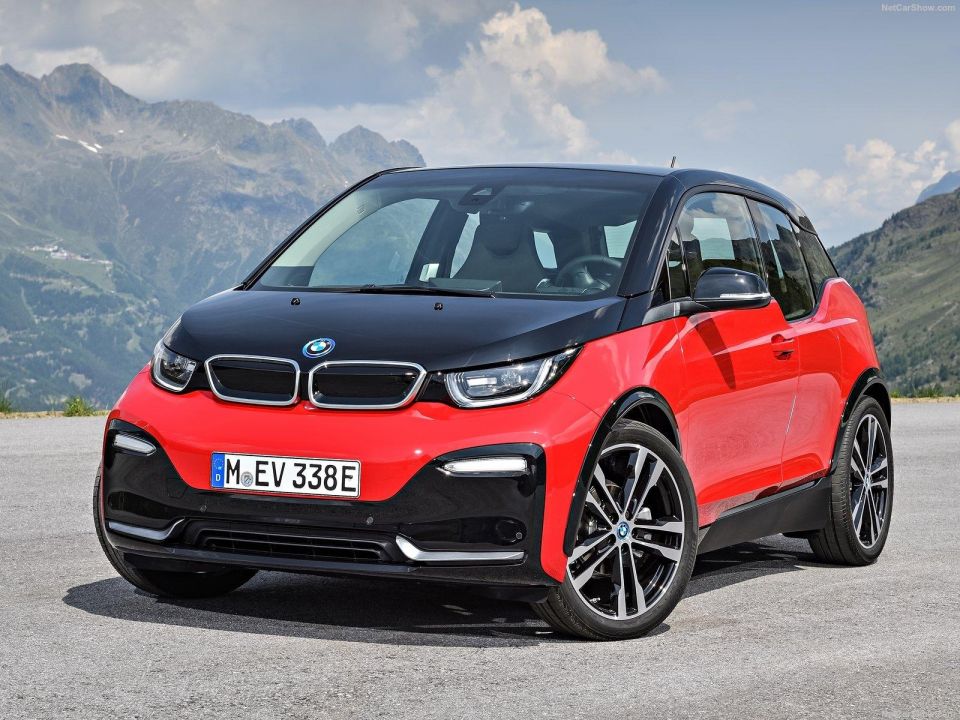
Unlike the BMW i8 plug-in hybrid sports-car sibling that also launched in 2014, the BMW i3 was initially offered with a choice of all-electric or range-extender (REx) powertrains.
The REx powertrain slotted a lightweight 650cc motorcycle engine alongside the electric motor to act as a generator. The engine never directly powered the wheels, instead only ever charging the battery.
At launch, the materials and production processes used to build the i3 were touted as the future by BMW. It’s built on a ‘skateboard’ chassis where the batteries are sandwiched between the front and rear wheels, low across the floor of the vehicle, which enabled a low centre of gravity.
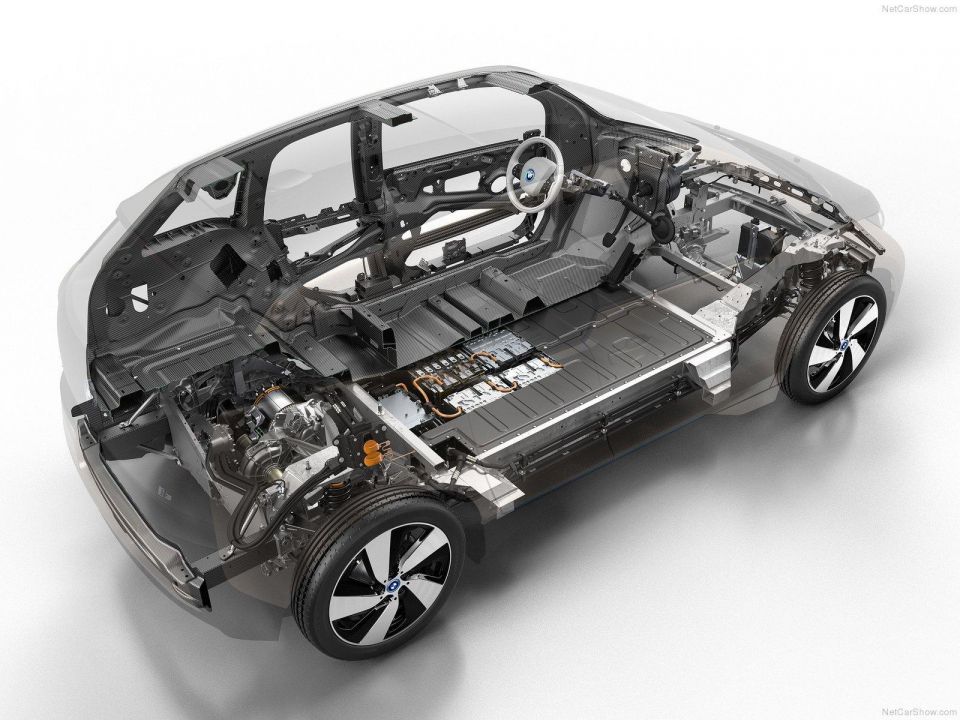

Weight reduction was also major focus with the i3, with the body made entirely from carbon-fibre reinforced plastic (CFRP), which is substantially lighter yet stiffer than any steel or aluminium equivalent.
In the process of production, the raw material required for CFRP was shipped from Japan to a dedicated plant in Moses Lake, Washington for processing, and then shipped to Germany for fabrication and installation.
This CFRP capsule was then clad with plastic panels that could be easily replaced after an accident.
The manufacturing process that BMW used to manufacture the i3 was costly, but the automaker learnt many new processes it could use for its future vehicles.
Entering the i3 through its rear coach doors presented an other-worldly interior with a flat floor and countless elements of sustainable or recycled materials.

Up until November 2021, BMW sold a total of 64 i3 models according to VFACTS.
This is how BMW i3 sales have performed over the years:
BMW previously announced its plans roll out its electric-focused Neue Klasse architecture in 2025.

All new electric BMWs from 2025 onwards will use this Neue Klasse architecture, with it eventually replacing today’s FAAR and CLAR architectures.
The architecture will use elements learned from the i3 and iX, such as aluminium and steel platform base, a carbon-fibre body structure, CFRP elements, and body panels made from aluminium, steel and composite plastic, with the aim of keeping weight down.
Neue Klasse will support vehicles ranging in size from a 2 Series Gran Coupe to an X7, and will support vehicles with front-, rear-, and all-wheel drive and various battery packs.
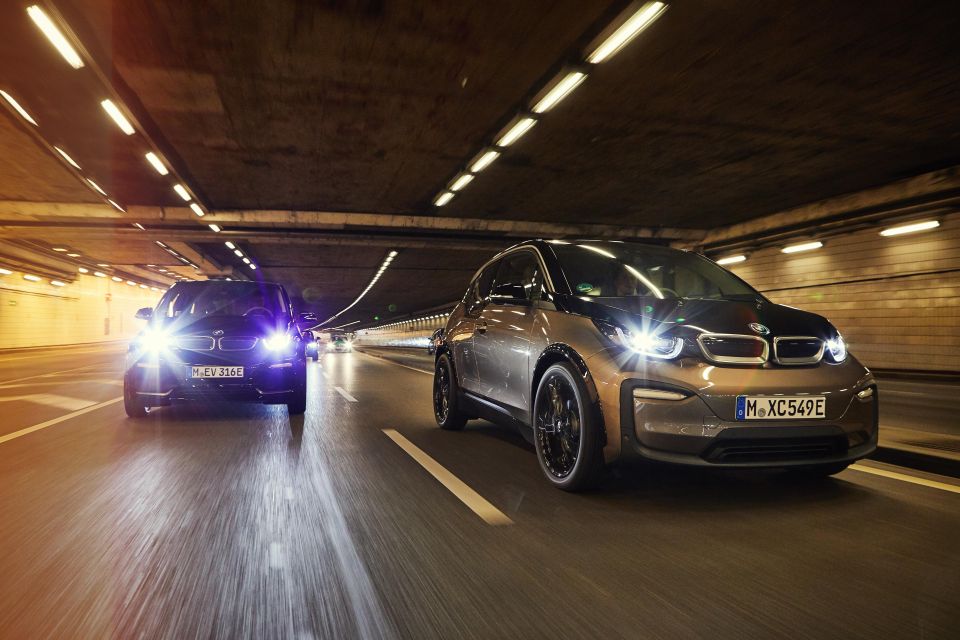
The architecture will feature 800V battery technology and 350kW charging capability, as seen on the Porsche Taycan and Audi e-tron GT.
While it’s been designed with electric powertrains primarily, BMW has left the door open for both hydrogen fuel-cell powertrains and internal combustion engines – particularly those with plug-in hybrid assistance – to be used with the Neue Klasse architecture.
BMW is expecting 50 per cent of its global sales by 2030 to consist of pure-electric vehicles on the Neue Klasse platform, and will offer an electric version of every one of its nameplates.
MORE: Everything BMW i3
Where expert car reviews meet expert car buying – CarExpert gives you trusted advice, personalised service and real savings on your next new car.
Jack Quick is an automotive journalist based in Melbourne. Jack studied journalism and photography at Deakin University in Burwood, and previously represented the university in dance nationally. In his spare time, he loves to pump Charli XCX and play a bit of Grand Theft Auto. He’s also the proud owner of a blue, manual 2020 Suzuki Jimny.


James Wong
5 Days Ago


Max Davies
4 Days Ago


Josh Nevett
3 Days Ago


Max Davies
3 Days Ago
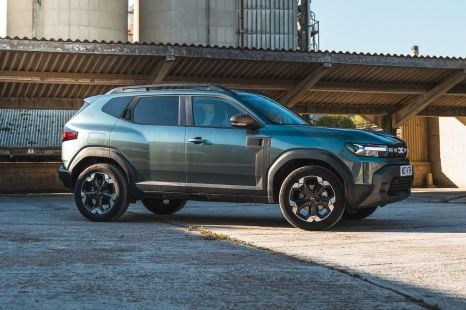

Damion Smy
2 Days Ago
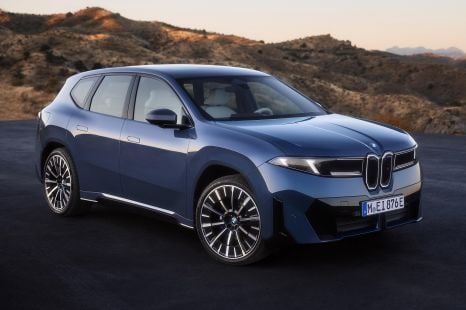

William Stopford
1 Day Ago